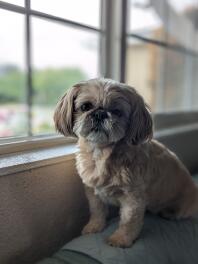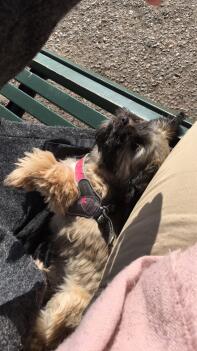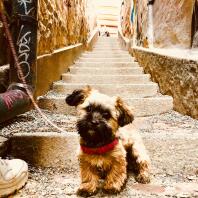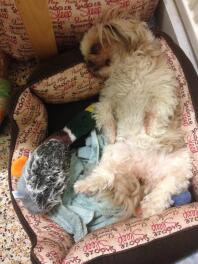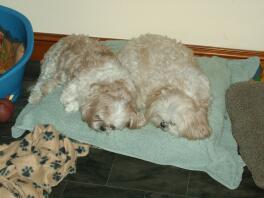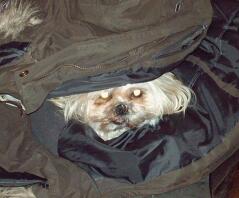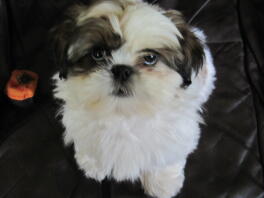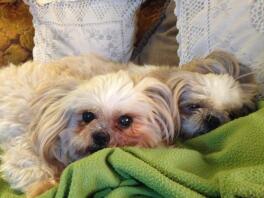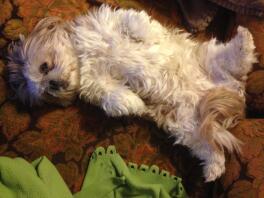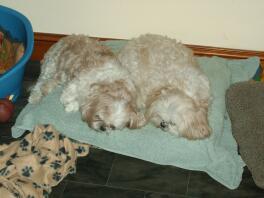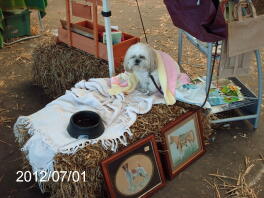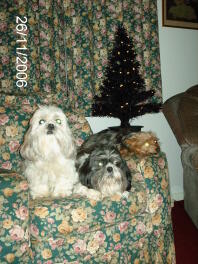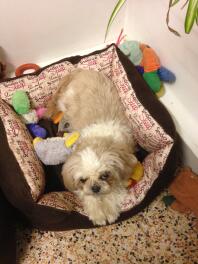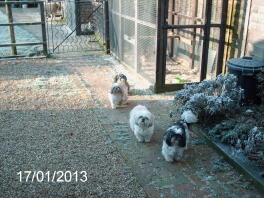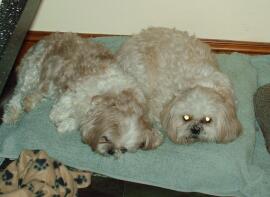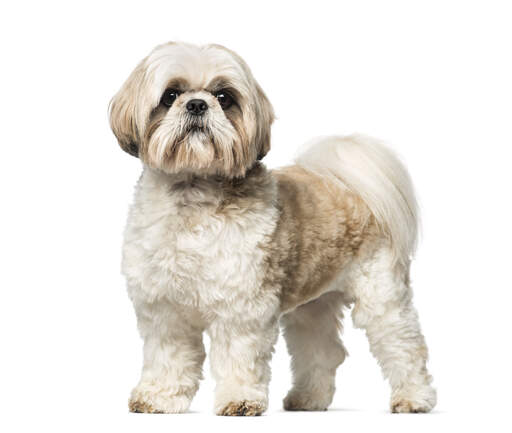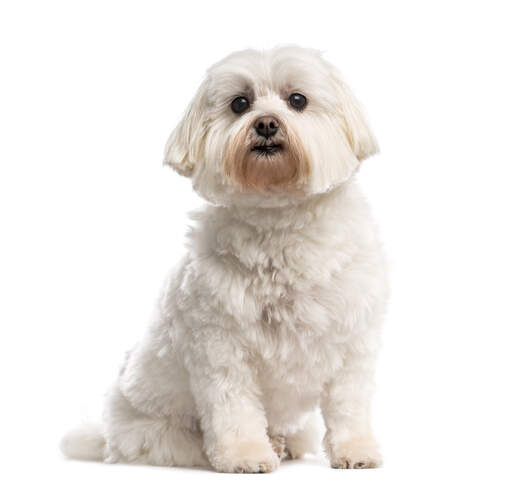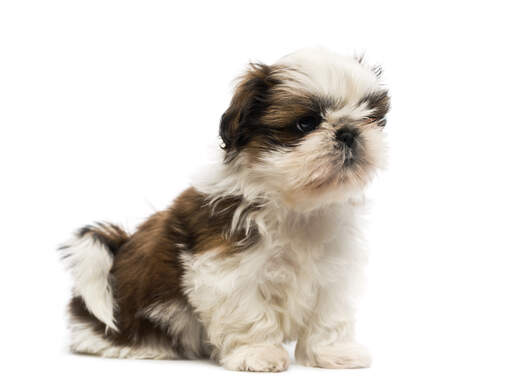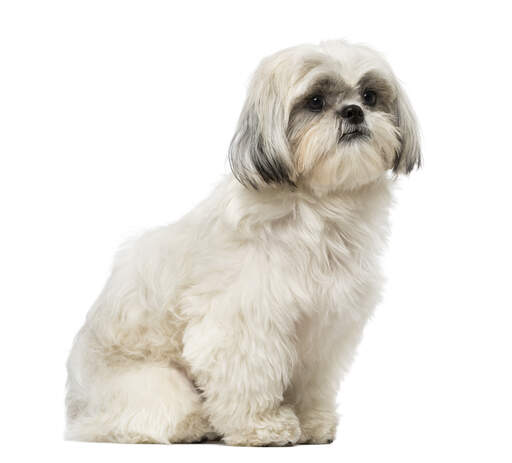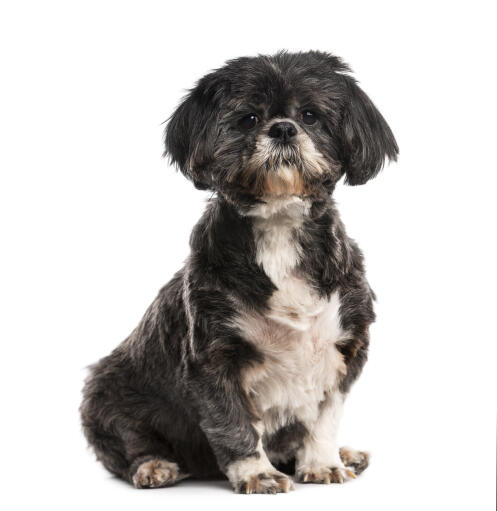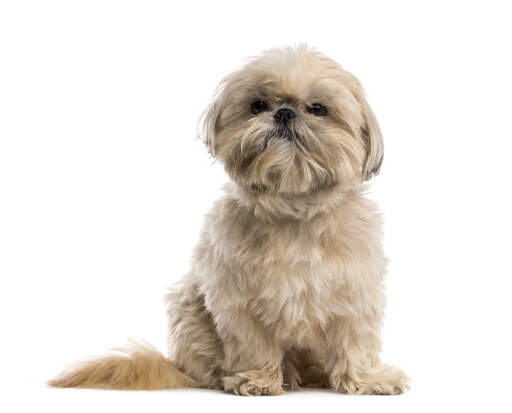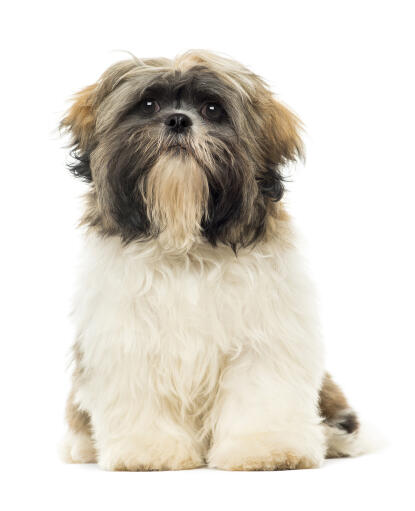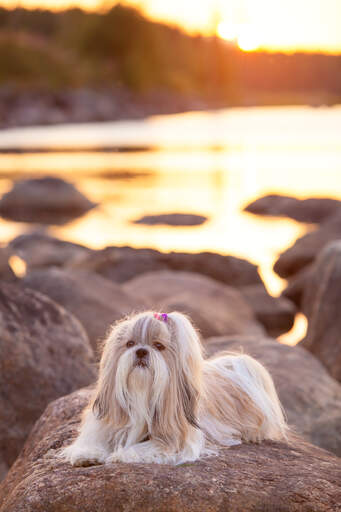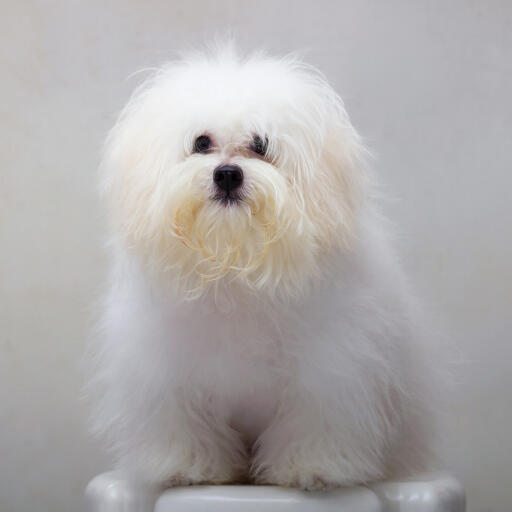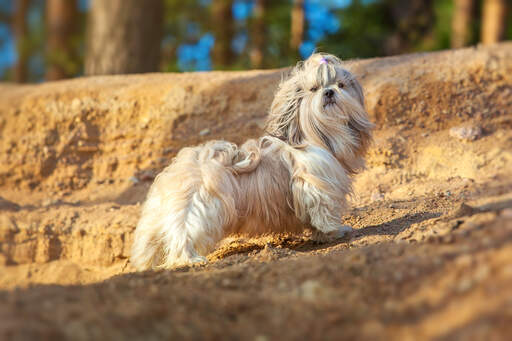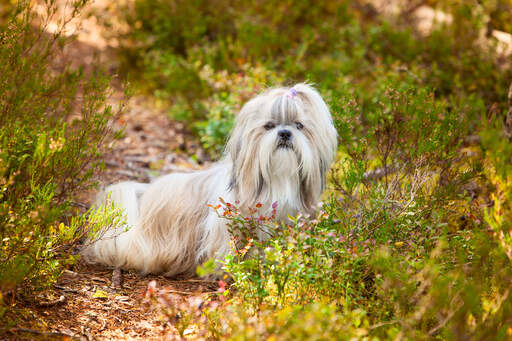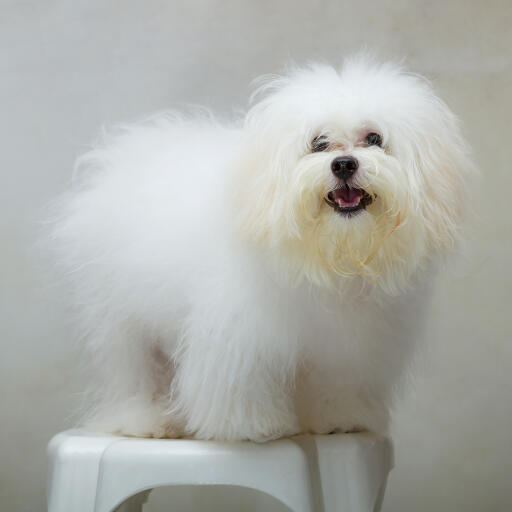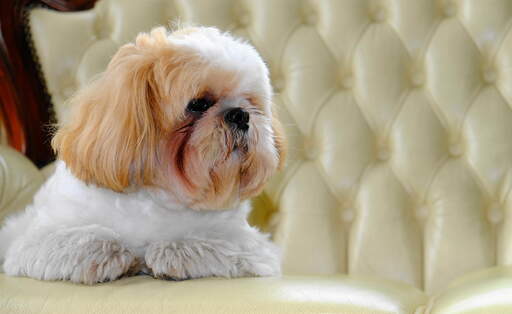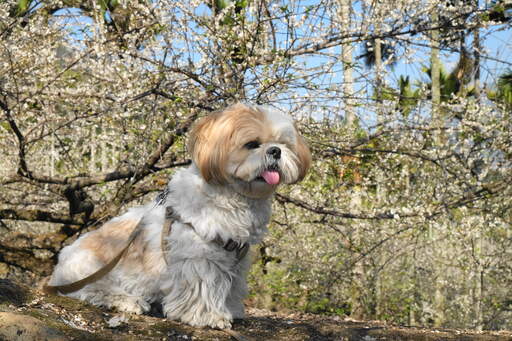Shih Tzu Dogs














History
The Shih Tzu is believed to have originated in China where it was held in high esteem.They were very closely linked to Buddhism and were often called the Lion dog. It probably was first bred in Tibet and is similar in appearance to the Tibetan terrier/Lhasa Apso; first being shown as the same breed. One theory states that it was created by crossing a Pekingese with a Lhasa Apso. It was only much later on that the two breeds were separated and started being shown separately. They are a very popular toy breed.
Behaviour
The Shih Tzu is a lively, playful and affectionate lap dog. Don’t let their looks deceive you, they can stand up for themselves when needs be. Being a lap dog, they like to be around their owners and will happily spend hours curled up next to you, or ideally on your lap. They are friendly with other dogs, pets and strangers and make for the ideal companion dog. They will gladly play with respectful children, but males can sometimes be snappy. They love sleeping in the softest place possible and you’ll often find them in your bed or on the couch.
The Shih Tzu takes a while to learn new things, patience will be needed when training. Consistency is key - rewards, praise and affection also all help. This breed is known for being hard to house train, they take much longer than most other breeds. They can have a stubborn, “what’s in it for me” attitude towards training, which only makes it all the more difficult. You have to make it worth their while to get anywhere.
They are alert and active, listening for the door, not because they are guarding the house but rather because they are excited at meeting someone new and receiving even more attention. Their small size makes them the ideal breed for someone with a smaller house or an apartment. They also have low exercise needs and a simple stroll around the neighbourhood will be enough for them. They don’t cope too well with the heat and should be walked in the mornings or evenings during the summer months or on hot days.
Because they were bred as a companion, the Shih Tzu needs human attention. They don't fare well when left alone for long periods of time. Leaving them at home alone for short periods of time whilst they are shrill young will aid this. Grooming needs to be done daily with the longer 'show' coat, but many owners opt for the 'puppy cut' for every day ease.
Temperament
Shih Tzus have are proud and happy dogs little companion dogs that are less yappy than many other breeds of similar look. They are usually happy to meet strangers and other animals, but larger dogs need to mind their manners! They like to play and enjoy a short daily walk, but what they really love is to be pampered on your lap or in your bed.
Health Problems
Health problems that may affect Shih Tzus include chondrodysplasia (abnormal bones), brachycephalic syndrome (difficulty breathing), dental problems, cataracts, progressive retinal atrophy (PRA: degeneration of the retina which can lead to blindness), glaucoma, kidney disease, urinary stones, allergies, intervertebral disc disease (pressure on spinal cord which can cause paralysis), luxating patella (dislocation of the knee cap), canine hip dysplasia (CHD) and blood clotting disease.
Breed Details
- Status: Common
- Life Expectancy: 10 - 16 years
- Weight: 8 - 16 lbs
- Height: 8 - 11"
- Rare: No
- Coat: Long - Hypoallergenic
- Grooming Requirements: Everyday
- Town or Country: Either
- Minimum Home Size: Flat
- Minimum Garden Size: Small to Medium Garden
- Breed Type: Companion Dog
- Size: Small
- Energy Level: Medium
- Exercise Required: Up to 1 hour
Shih Tzu Pictures
